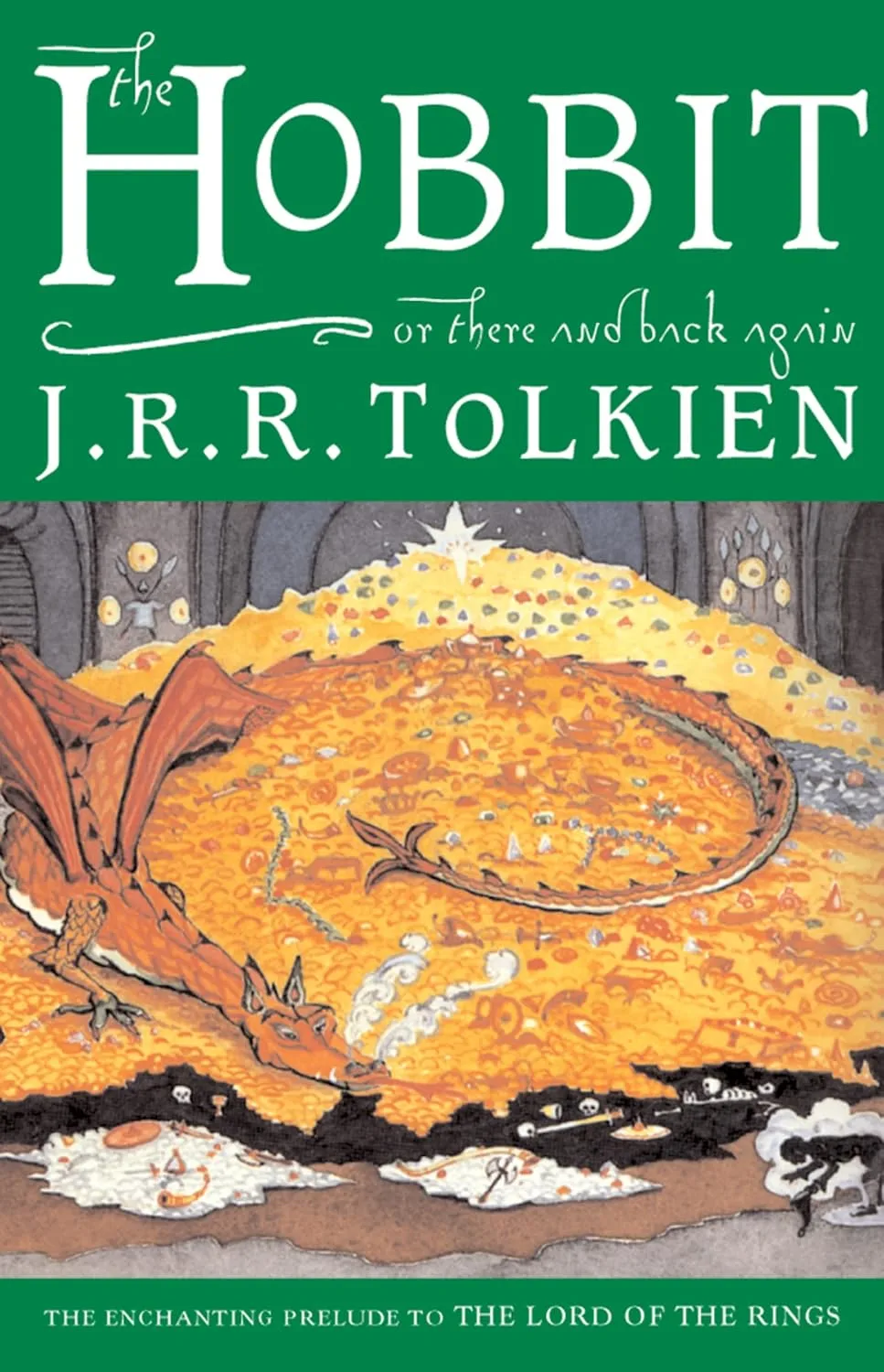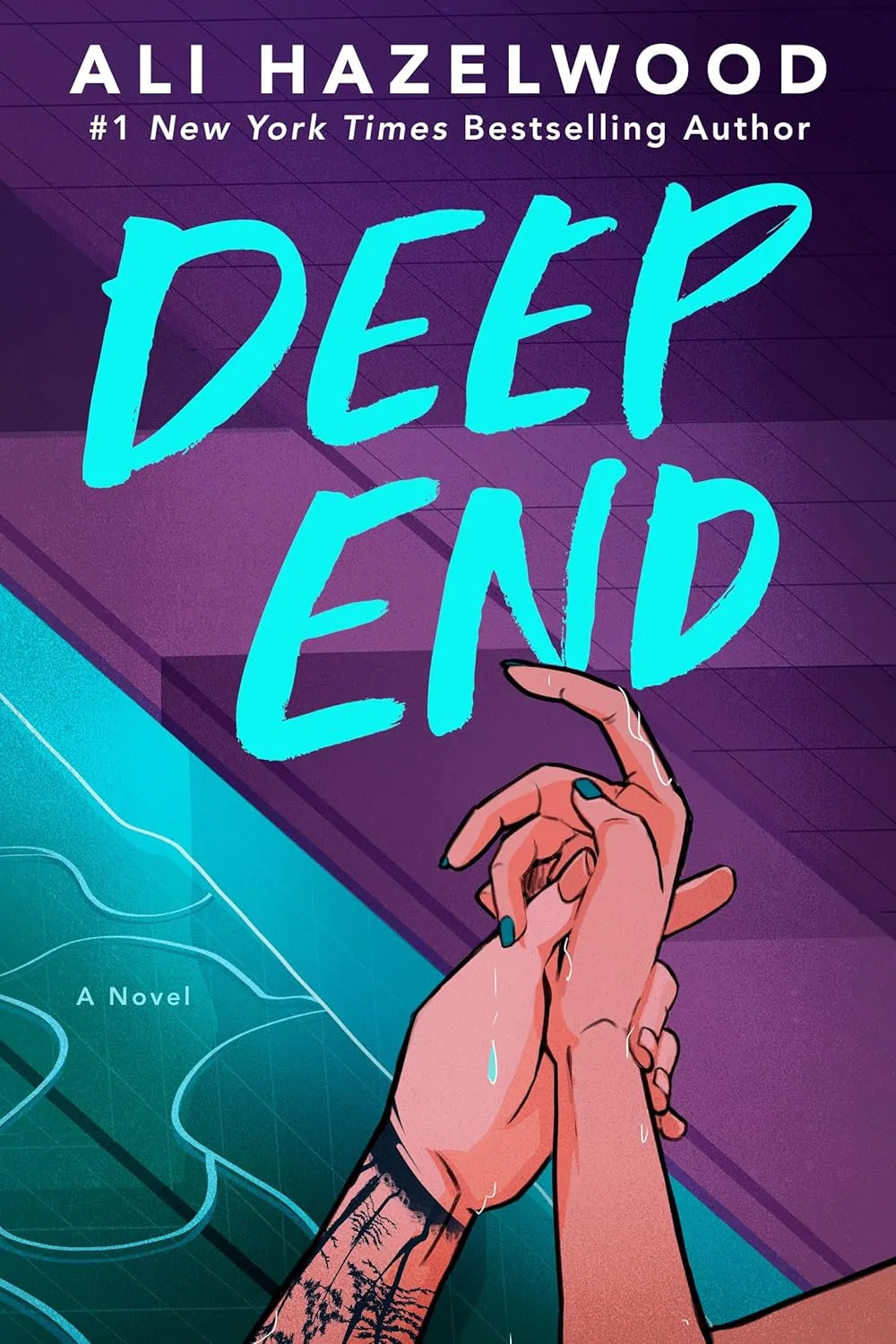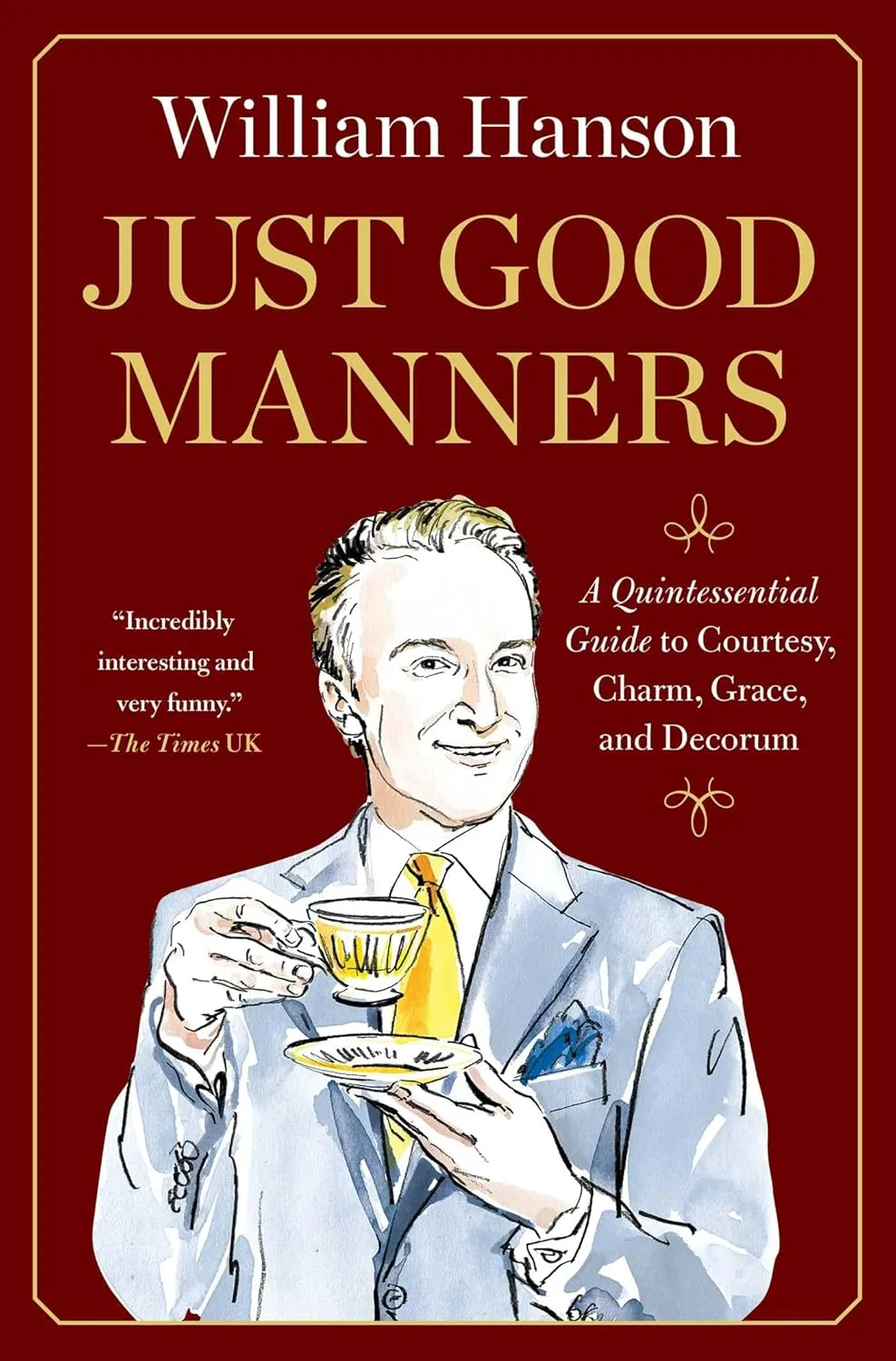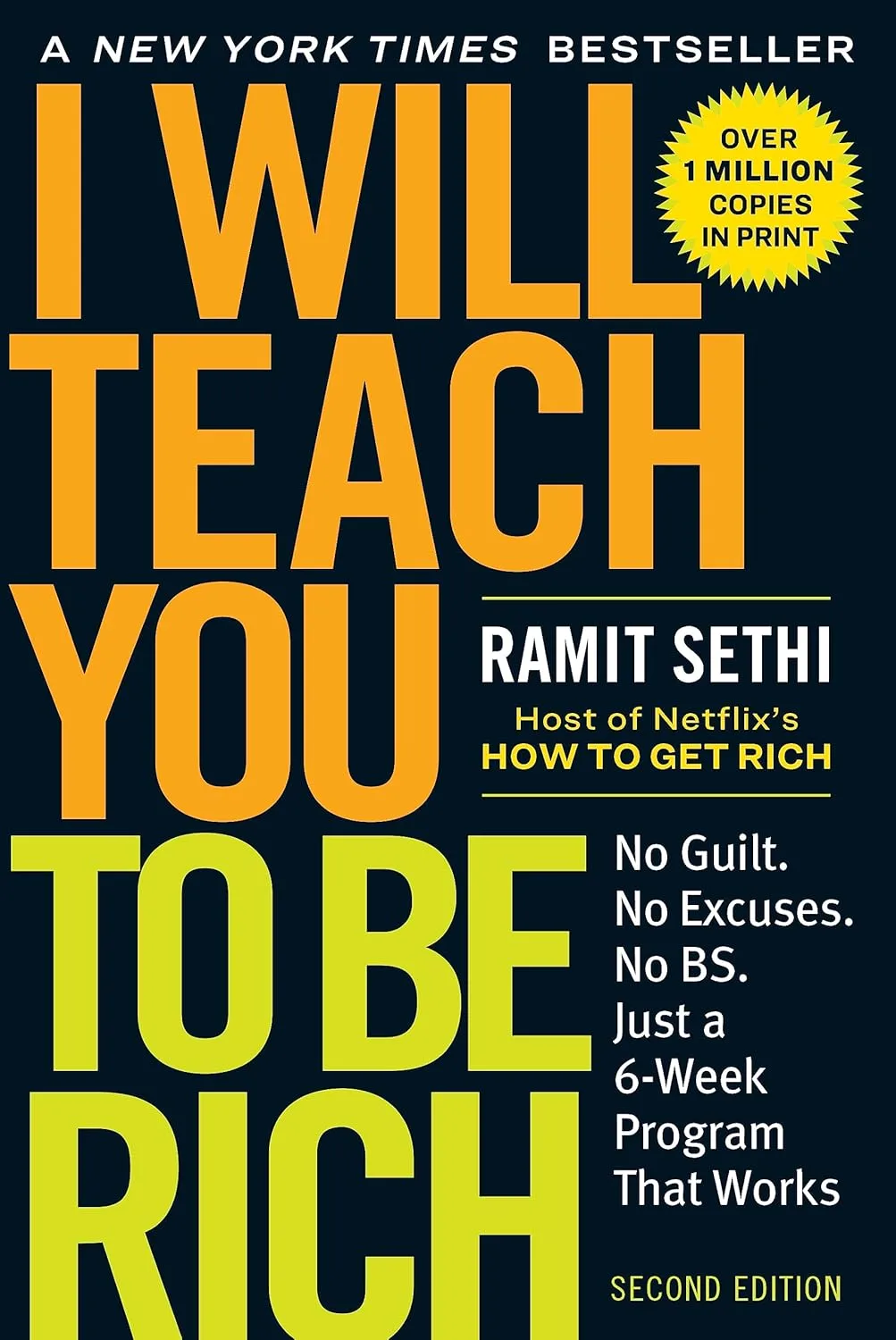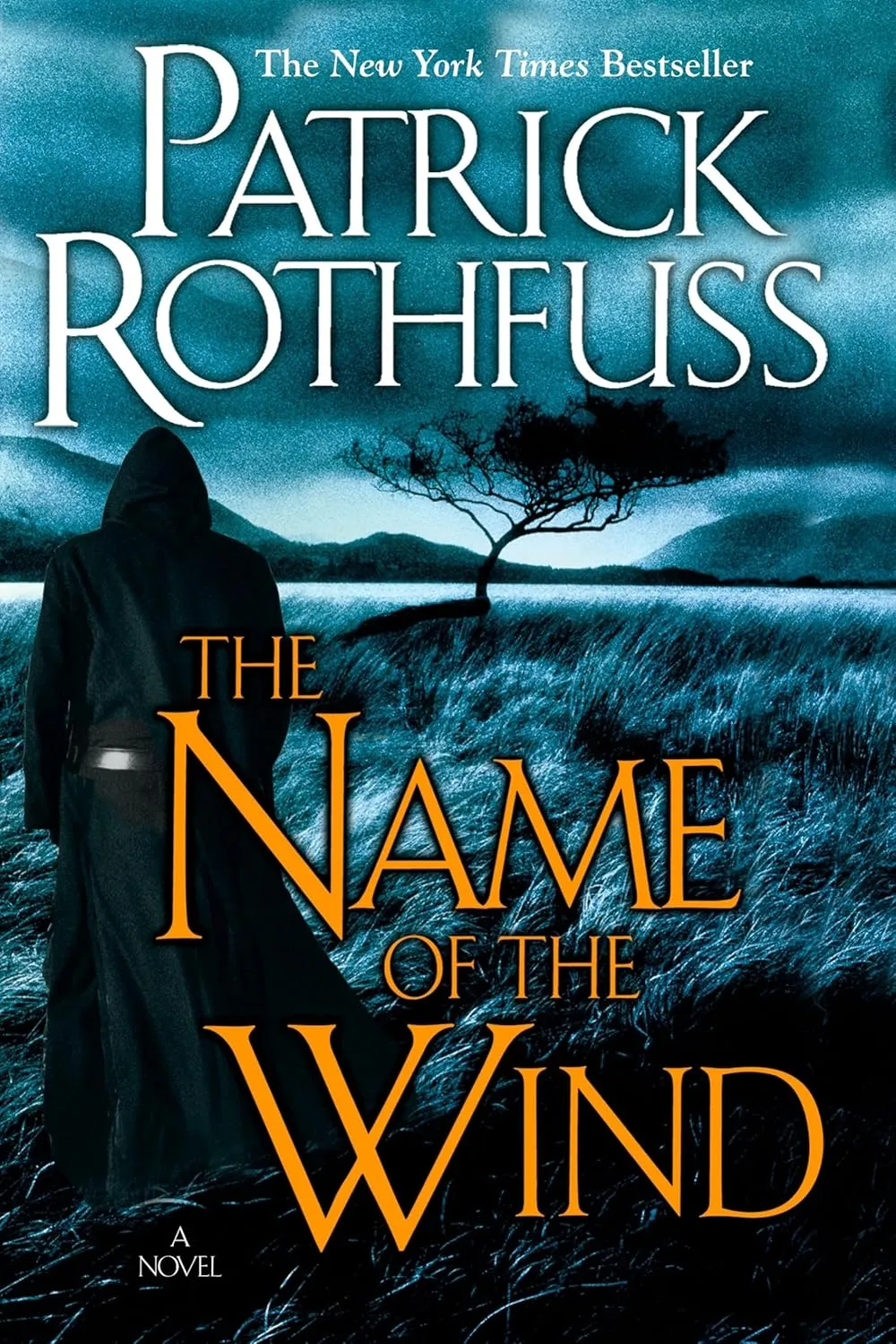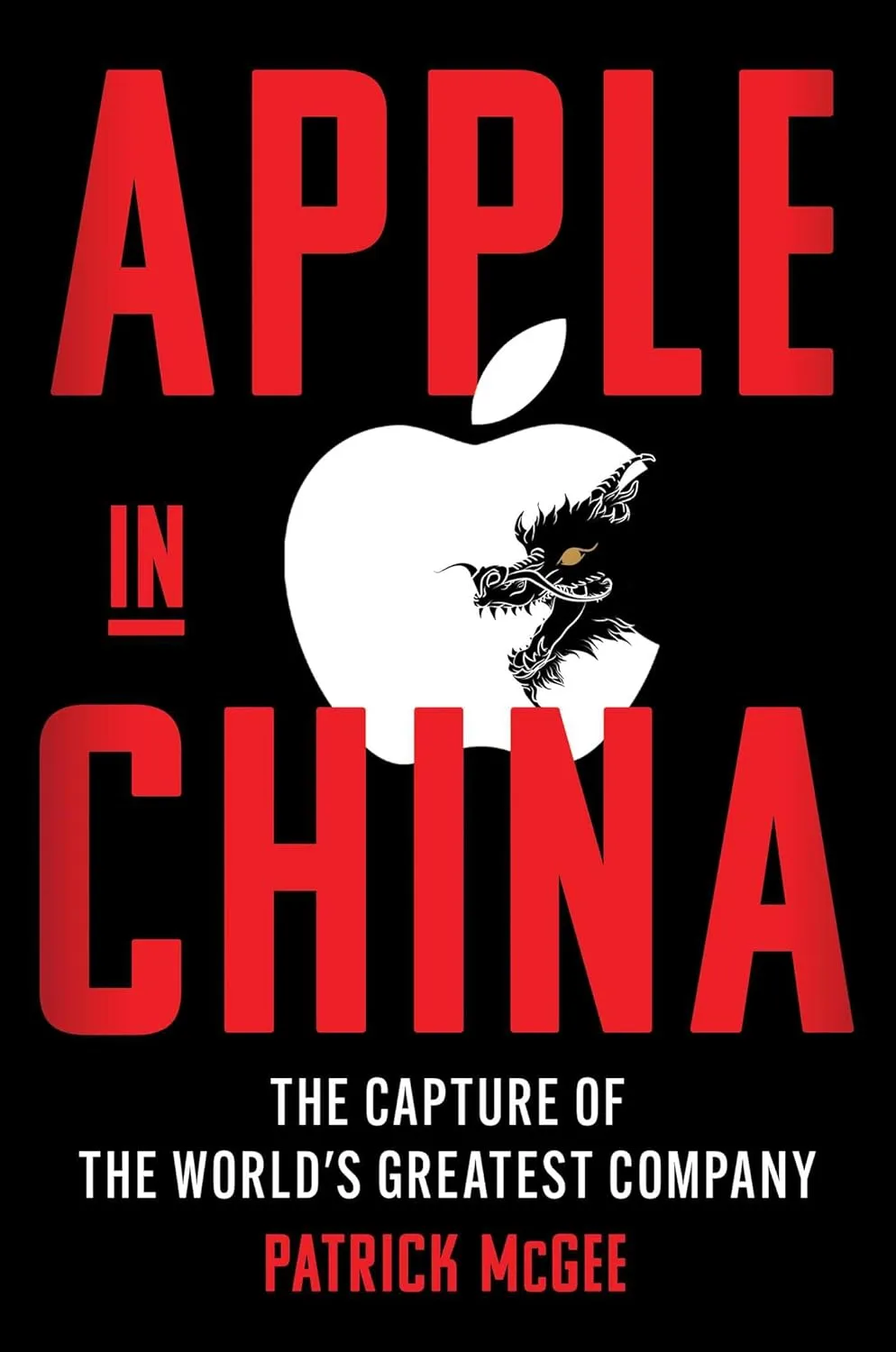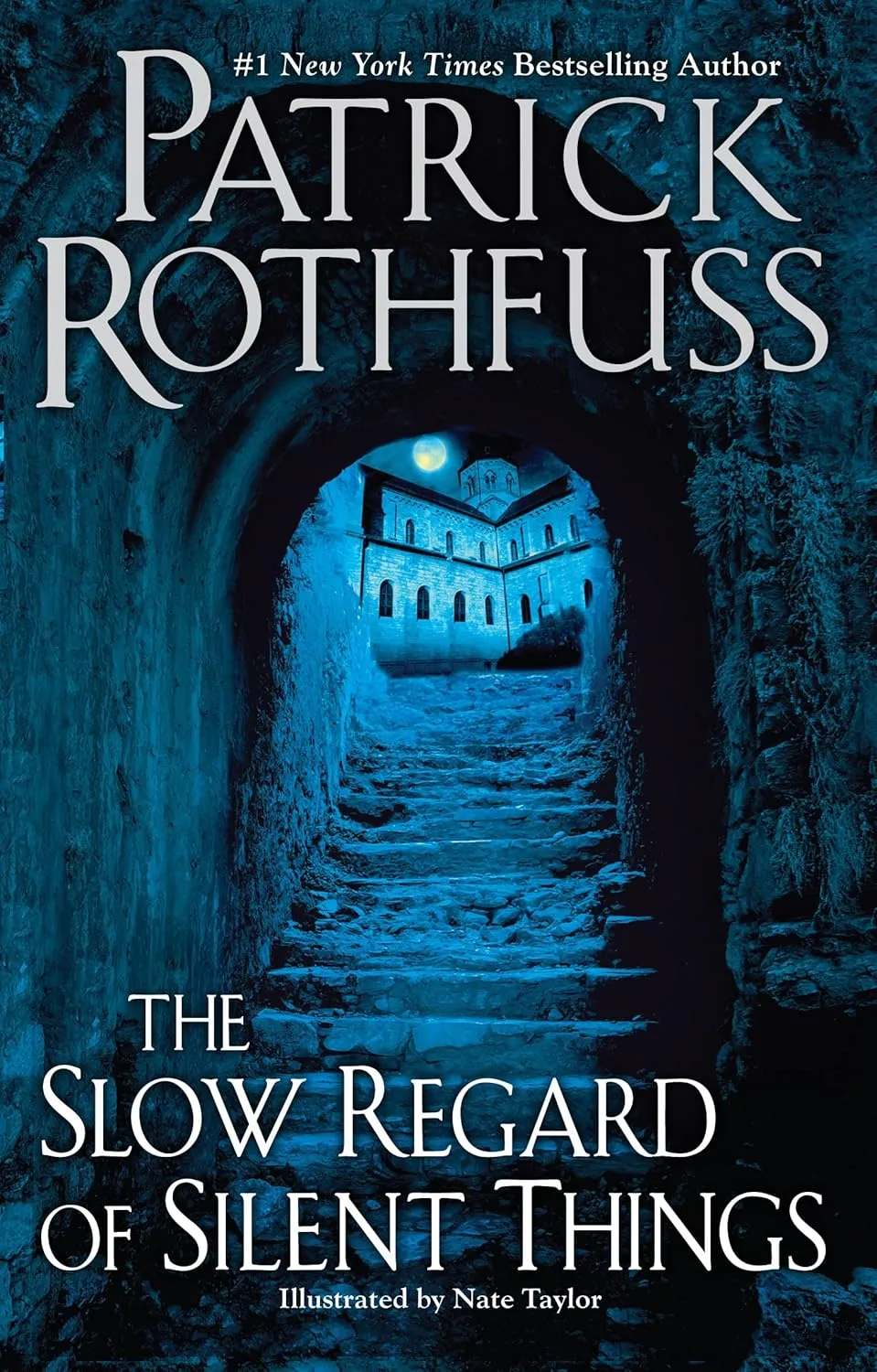Book Overview
The Hobbit, first published in 1937, is a landmark work of fantasy literature written by J.R.R. Tolkien. This beloved novel introduces readers to Bilbo Baggins, a reluctant hero from the peaceful land of the Shire, who embarks on an unexpected adventure that changes his life—and the fate of Middle-earth—forever.
Though The Hobbit serves as a prequel to The Lord of the Rings, it stands entirely on its own as a coming-of-age tale, filled with magic, courage, cleverness, and unexpected heroism. It is considered a cornerstone of modern fantasy, and a timeless classic for readers of all ages.
Spoiler-Free Plot Summary
Bilbo Baggins is a comfort-loving hobbit who enjoys a peaceful life in his cozy burrow. That life is turned upside down when the wizard Gandalf arrives with thirteen dwarves led by Thorin Oakenshield, who are on a mission to reclaim their ancestral treasure from the dragon Smaug.
Though hesitant at first, Bilbo is recruited as the group’s “burglar,” and the company sets off on a treacherous journey eastward. Along the way, they encounter:
- Trolls, goblins, and giant spiders
- Elves, wolves, and dangerous forests
- A mysterious underground riddle game with a creature named Gollum
- The feared dragon Smaug, who guards a vast treasure beneath the Lonely Mountain
During the quest, Bilbo not only discovers hidden courage, but also stumbles upon a small, magical ring—a seemingly insignificant object that will later become central to Tolkien’s larger epic saga.
What Makes The Hobbit a Timeless Classic
| Element | Why It Matters |
|---|---|
| The Reluctant Hero | Bilbo’s transformation from timid to brave makes him deeply relatable |
| Immersive World-Building | Tolkien’s creation of Middle-earth is rich with culture, language, and history |
| Blending Humor and Danger | The story balances lighthearted moments with dark, thrilling adventures |
| Universal Themes | Courage, greed, friendship, and self-discovery are explored with nuance |
| Accessible Yet Deeply Literary | Written for younger readers but rich in meaning for adults |
Key Themes in The Hobbit
| Theme | Description |
|---|---|
| Adventure and Growth | Bilbo’s journey is both literal and symbolic, representing personal evolution |
| Courage and Character | True bravery is shown not in strength, but in quiet determination |
| The Hero’s Journey | The Hobbit established a blueprint for the modern fantasy quest |
| Greed and Power | The lust for gold and control corrupts, as seen in Thorin and Smaug |
| The Value of Home | Bilbo’s longing for the Shire reinforces the emotional cost of adventure |
Best Quote
“So comes snow after fire, and even dragons have their endings.”
This quote highlights Tolkien’s signature blend of wisdom and myth—reminding readers that even the most powerful threats can be overcome, and every story eventually finds resolution.
Who Should Read The Hobbit
This book is ideal for:
- Fantasy enthusiasts seeking a classic, foundational tale
- New readers of the genre, including preteens, teens, and adults
- Fans of Harry Potter, Eragon, or The Chronicles of Narnia
- Readers looking for character-driven stories with moral depth
- Anyone who enjoys epic quests, dragons, and timeless storytelling
About the Author
J.R.R. Tolkien was a British philologist, university professor, and writer whose works revolutionized fantasy literature. Best known for The Hobbit and The Lord of the Rings trilogy, Tolkien crafted an entire mythology for Middle-earth, complete with its own languages, histories, and cultures. His influence can be seen in nearly every modern fantasy work today.
Why The Hobbit Still Resonates Today
| Element | Reader Appeal |
|---|---|
| Relatable Hero’s Journey | Bilbo is not a warrior, but an ordinary person facing extraordinary trials |
| Rich Literary Legacy | The novel set the stage for an entire genre of epic storytelling |
| Multi-generational Appeal | Enjoyed by readers from age 10 to 100—each finds new meaning in its pages |
| Timeless Morality | The narrative teaches courage, generosity, and humility |
| Captivating Narration | Tolkien’s narrative voice feels like a bedtime story with lasting wisdom |
Frequently Asked Questions
Is The Hobbit a standalone book?
Yes. While it leads into The Lord of the Rings, The Hobbit is a complete and satisfying story on its own.
What age group is best suited for this book?
Originally written for children, The Hobbit is suitable for ages 10 and up, though adults will appreciate its deeper themes and literary style.
Is The Hobbit easier to read than The Lord of the Rings?
Yes. The Hobbit has a lighter tone, simpler language, and a more direct plot structure, making it more accessible to new readers.
Is the story action-packed?
The book includes adventure, combat, and suspense, but also spends time developing characters and building atmosphere.
Do I need to read The Lord of the Rings afterward?
No, but readers who enjoy The Hobbit often continue with The Lord of the Rings to explore how the world and its characters evolve.
Final Thoughts
The Hobbit is more than a children’s book—it is a literary classic that invites readers into a fully realized world of wonder, danger, and transformation. With its elegant prose, lovable protagonist, and enduring themes, it continues to enchant readers across generations.
Whether you’re exploring Middle-earth for the first time or returning for another visit, The Hobbit offers the kind of journey that shapes not just its characters, but its readers.

